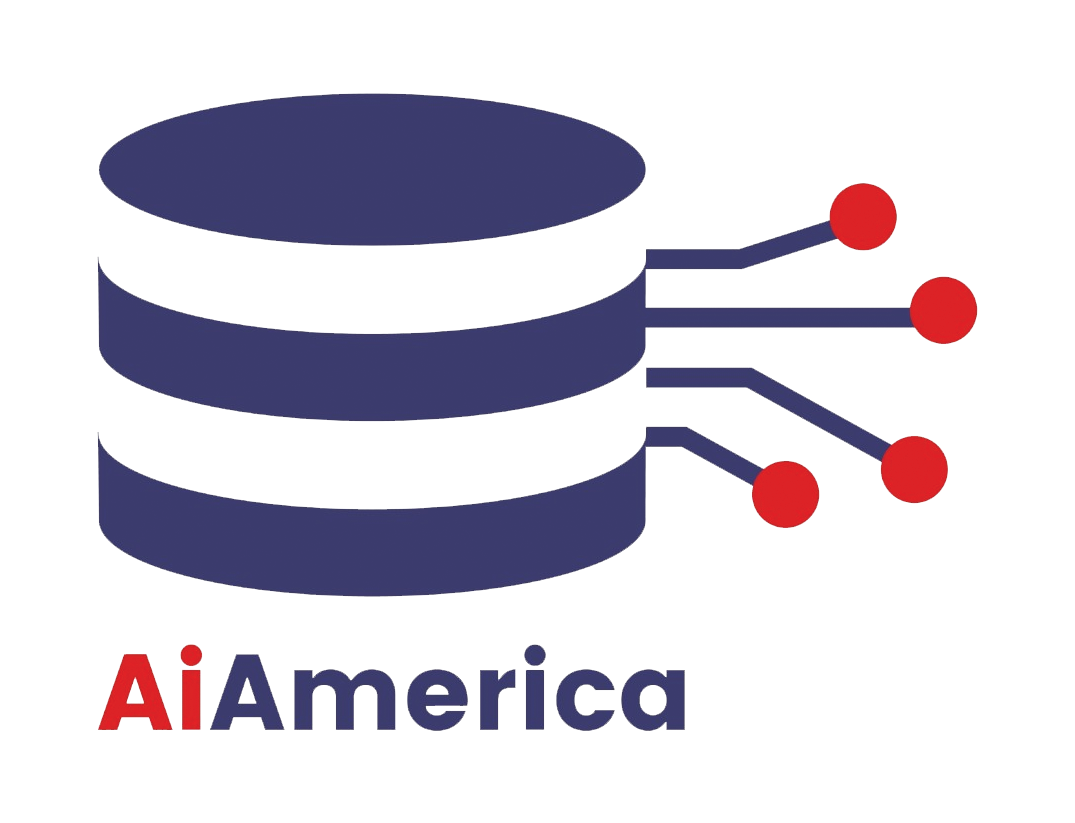
As agentic AI systems become more sophisticated, one of the most promising advances is the rise of multi-agent collaboration. This approach involves multiple intelligent agents working together, each specialized in certain tasks or domains, coordinating complex workflows that single agents cannot efficiently handle alone.
This article explores the principles, benefits, challenges, and examples of multi-agent collaboration—transforming agentic AI from isolated digital workers into cooperative, team-based ecosystems.
Why Multi-Agent Systems?
While a single agent can tackle many tasks, complexity grows exponentially in environments requiring diverse expertise, massive scale, or parallel operations. Multi-agent collaboration enables:
- Task Specialization: Each agent focuses on a domain (e.g., finance, HR, logistics) using tailored models and data sources.
- Parallelism: Multiple agents act concurrently on linked subtasks, accelerating workflow completion.
- Robustness: Distributed agents create fault-tolerance—if one fails, others can adapt or take over.
- Knowledge Sharing: Agents can exchange insights, discoveries, or partial results to enhance collective understanding.
Such architectures mirror human organizational principles, embodying digital teamwork.
Architectures for Multi-Agent Collaboration
Centralized Orchestration
A master controller orchestrates the agents, assigning roles, scheduling coordination meetings, and managing shared knowledge repositories. This architecture simplifies control at scale but may become a bottleneck.
Decentralized Collaboration
Agents operate more independently, negotiating roles, communicating peer-to-peer via messaging, and self-organizing based on situational demands. This approach scales better and aligns with emerging decentralized AI trends.
Hybrid Systems
Combining centralized oversight with decentralized peer collaboration offers flexibility and scalability, balancing control with autonomy.
Communication and Coordination Mechanisms
Effective multi-agent systems rely on clear channels to exchange:
- State Information: What is each agent currently working on? What are its capabilities and status?
- Data and Knowledge: Shared documents, reports, or insights used for collective decision-making.
- Plans and Intentions: Strategies that affect other agents’ tasks and coordination.
- Negotiation Messages: Distributed conflict resolution or task redistribution.
Agents often use natural language, structured protocols, or graph databases to facilitate this interaction.
Example: Multi-Agent Collaboration in Supply Chain Management
In a global supply chain, specialized agents might include:
- Demand Forecasting Agent: Analyzes sales trends and market data.
- Inventory Management Agent: Monitors stock levels and coordinates replenishment.
- Logistics Planning Agent: Optimizes shipping routes and handles delays.
- Customer Service Agent: Addresses client queries and manages exceptions.
All four communicate and adapt their workflows continuously, delivering a responsive, optimized supply chain system.
Challenges and Considerations
- Inter-agent Conflicts: Overlapping goals or resource competition can arise, requiring effective conflict resolution strategies.
- Latency and Scalability: Coordination overhead must be balanced with system responsiveness.
- Security and Privacy: Data sharing across agents raises governance concerns.
- Explainability: Understanding combined agent decisions is more complex.
The Future of Multi-Agent Systems
Emerging research focuses on:
- Adaptive peer-to-peer learning between agents.
- Integration of human agents with AI agents in mixed teams.
- Agent marketplaces where autonomous agents can discover and contract services dynamically.
- Standardized communication protocols to enable interoperability across platforms.
Conclusion
Multi-agent collaboration is a cornerstone of next-generation agentic AI systems, enabling distributed intelligence that scales and adapts to real-world complexity. By organizing agentic AI into cooperative ecosystems, businesses and developers unlock new levels of autonomy, resilience, and efficiency.
AI America will continue to track developments, showcase real-world success stories, and provide actionable insights on building and managing multi-agent ecosystems.









